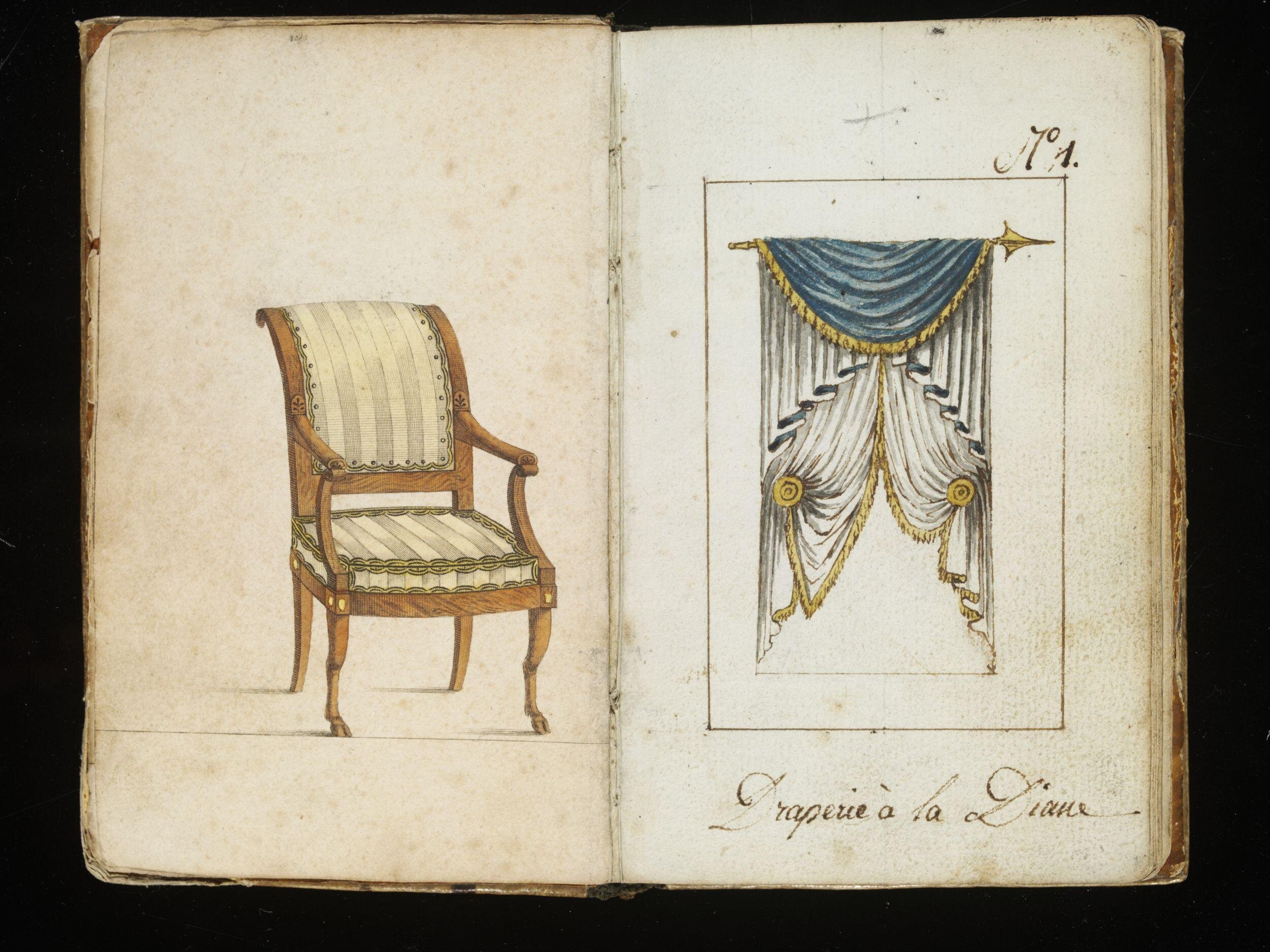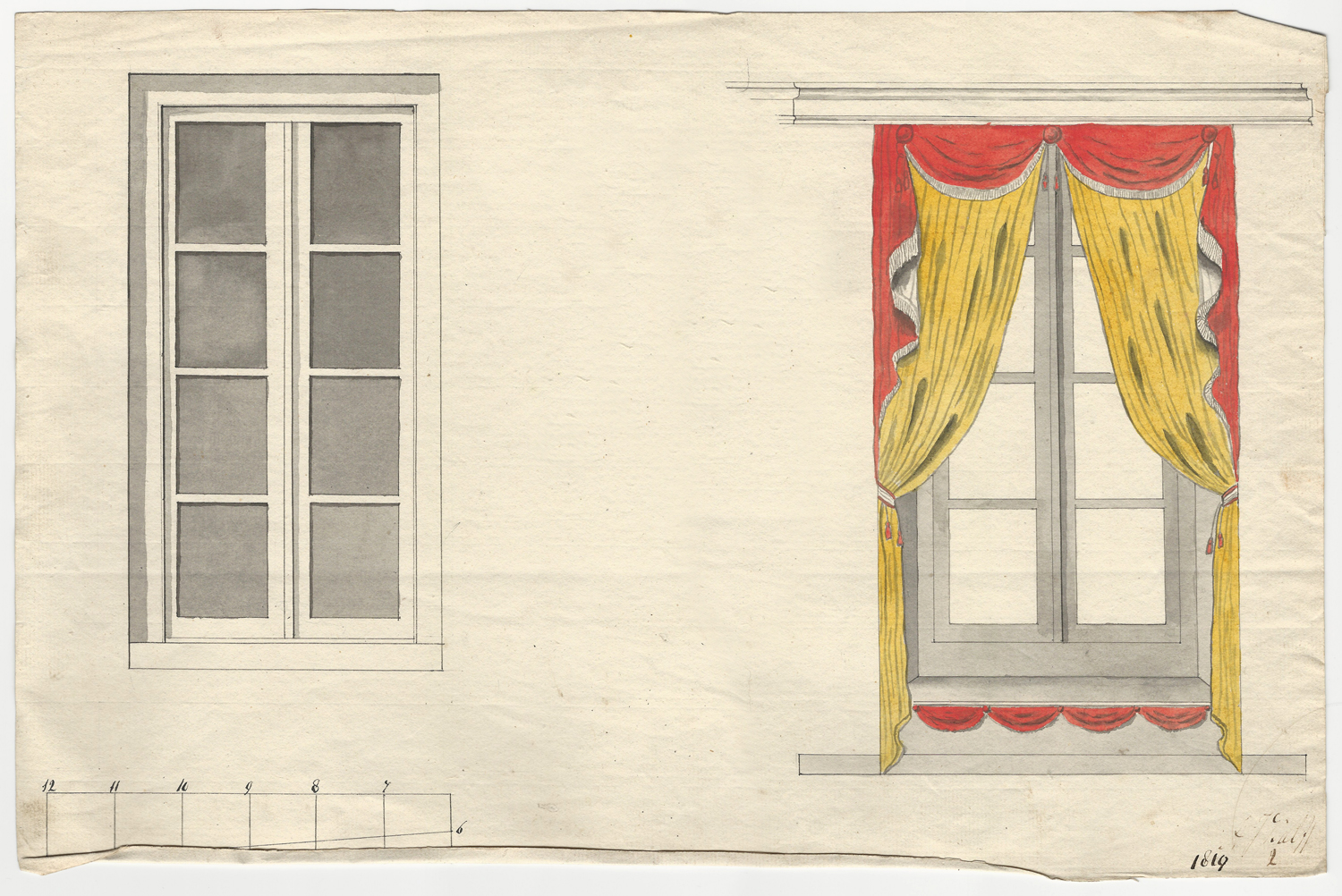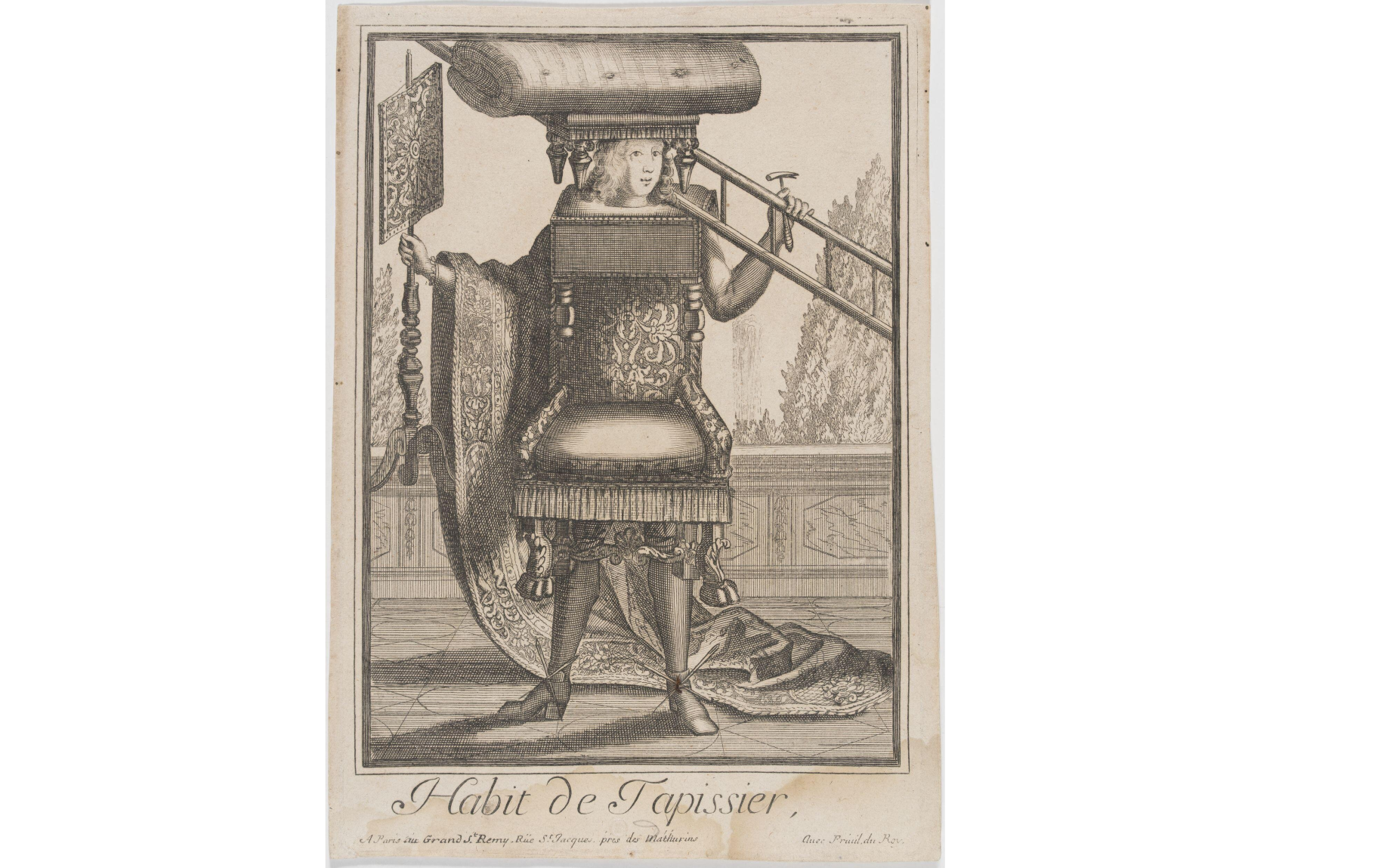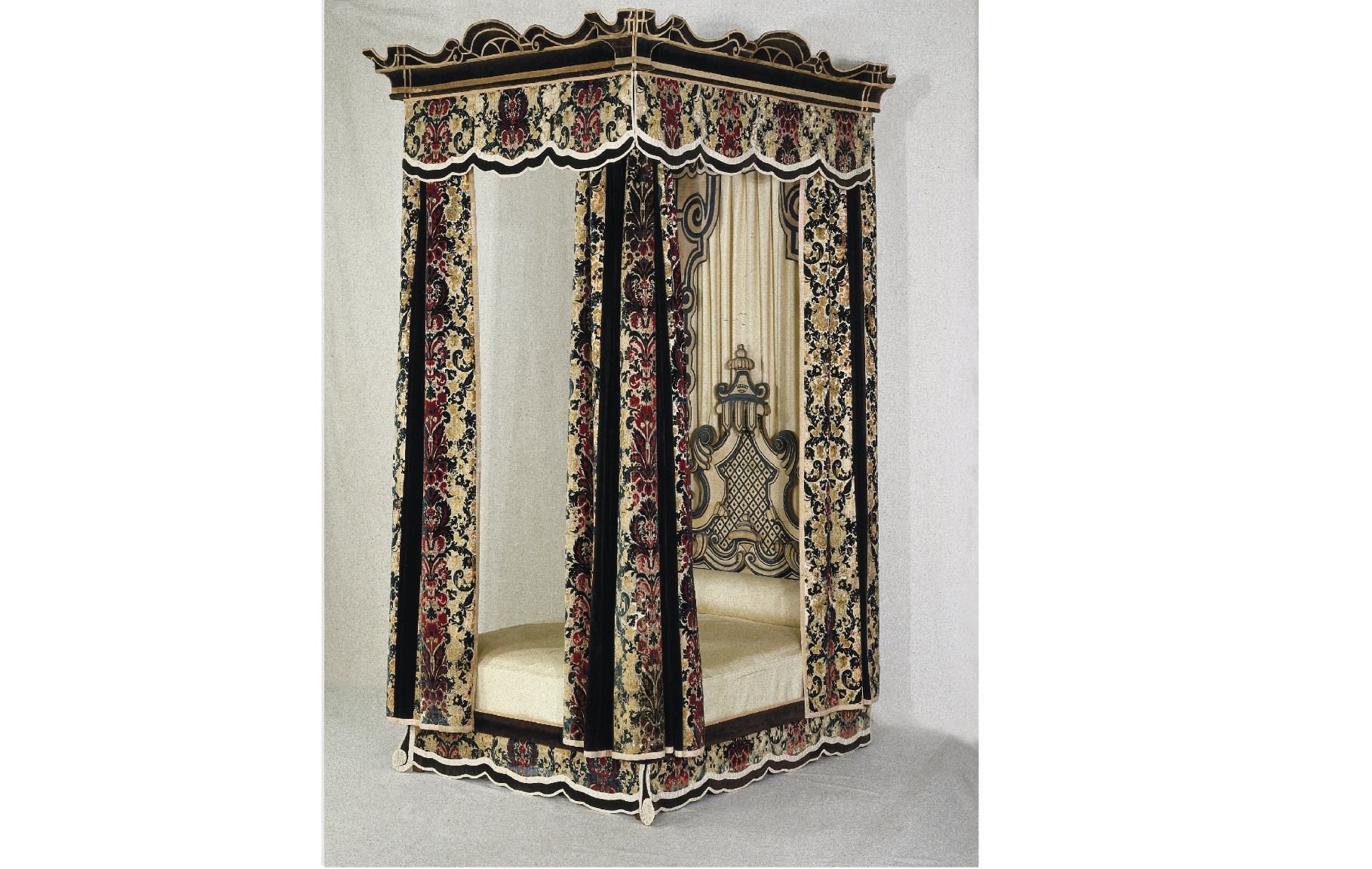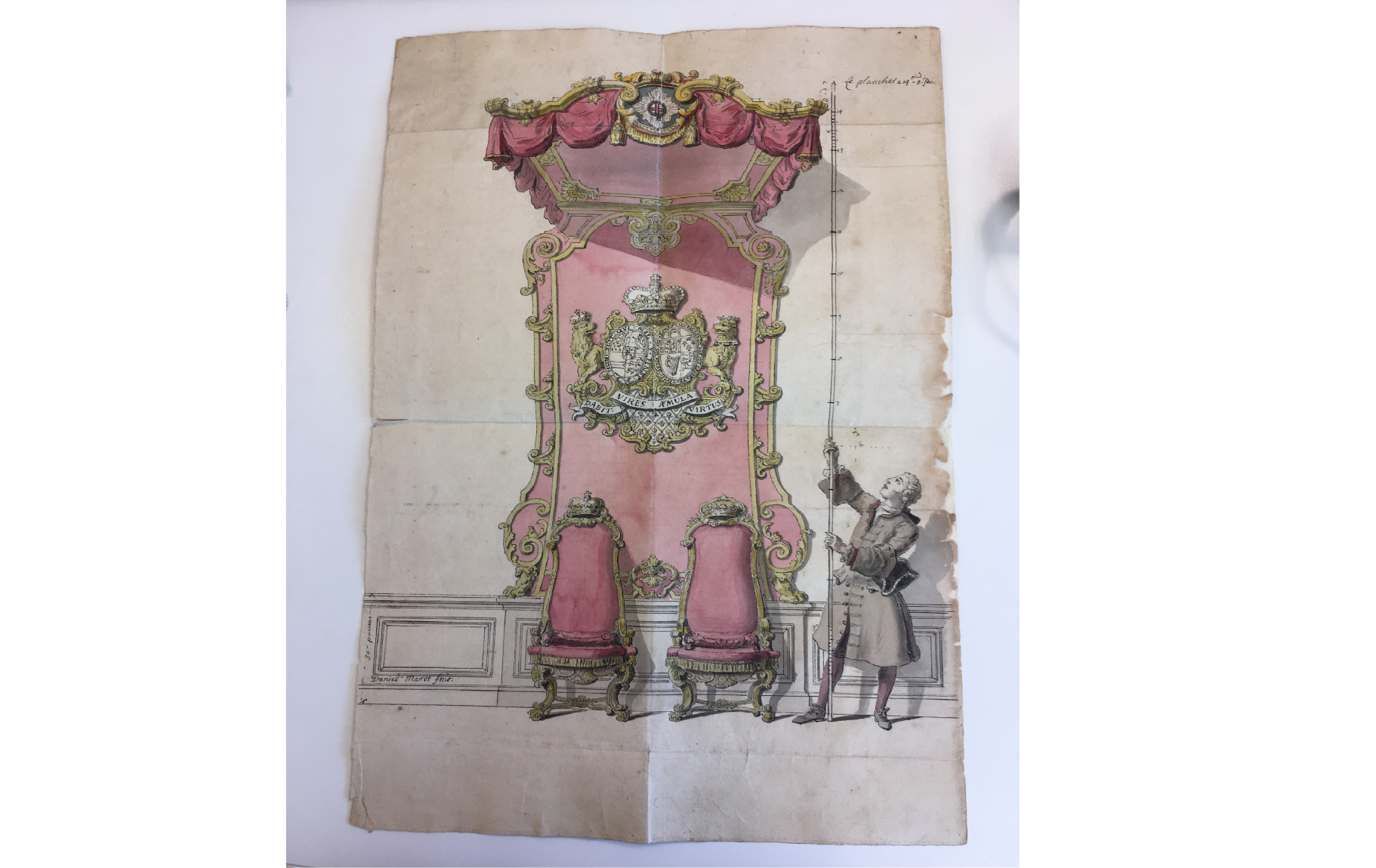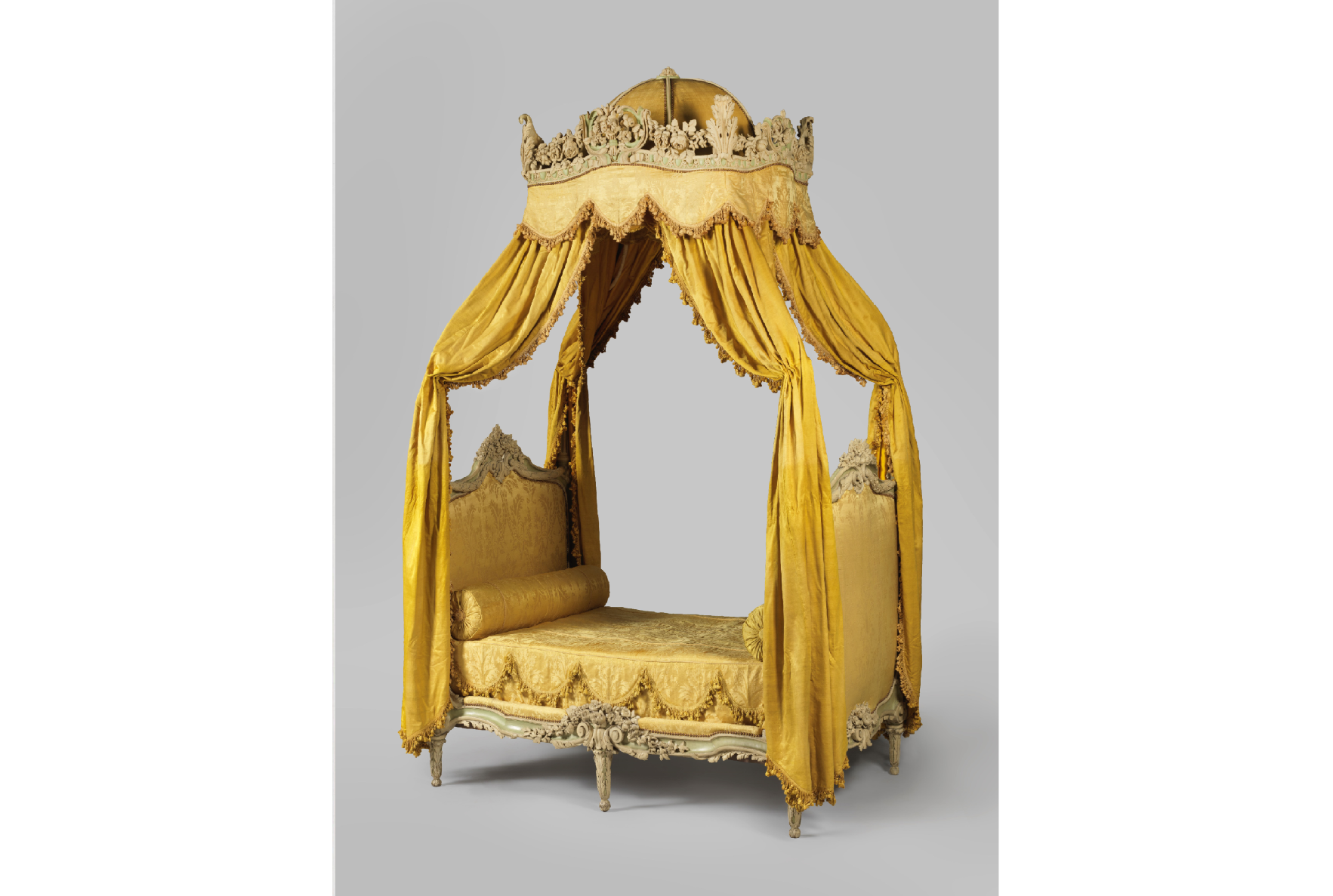
Home magazines of yesteryear: Upholsterers were the interior designers of the eighteenth century'
Today, anyone wanting a new look for their living room watches a home decorating programme or buys an interior design magazine. In the eighteenth century, people went to an upholstry specialist, who would provide you with new wall coverings, curtains and much-needed accessories. PhD candidate Aagje Gosliga delved into their world.
‘Upholstry specialists took care of what were then called “upholstered furniture”,' Gosliga explains. 'That means bed and window curtains, but also wall coverings, short curtains for the chimney, upholstery of chairs, carpets... So, a lot of textiles, but they also sold other furniture, candlesticks and mirrors.'
An upholsterer could provide a complete makeover of a home. Gosliga: 'Certainly as the eighteenth century progressed, you see them becoming more and more interior designers, where you could have your whole decor done.' The only question is how often that happened in the Netherlands. 'Until now, the Netherlands has always more or less echoed the English research on room hangings,' Gosliga explains, 'but in England you had all these dukes and counts who ordered complete interiors. That was much less common in the Republic.'
Puzzling in archives
No complete interiors then, so what did Dutch upholsterers do? That question proves difficult to answer a few hundred years later. Much of their work has been replaced by more modern interior design trends and their names have also fallen into oblivion. 'You often only come across a name with an amount behind it in cashbooks, in which case you don't know whether Mr Smit was a room decorator or something else,' says Gosliga.
In her PhD research, by carefully digging through archives, she managed to find more than 220 upholsterers who were active in The Hague, Amsterdam and Haarlem. 'I really love doing archival research, which is just as well, because this was a huge puzzle,' Gosliga says, laughing. 'The upholsterers didn’t have a company archive or their own guild, so my searches had to cover a lot of different places. Every time a ball started rolling, I would go back to other sources to find what someone did and how long it took. I now have a sizeable database. I hope this can be a springboard for others to do further research.'
From the Bastille to Haarlem's city palace
Gosliga's personal favourite from her research is Frenchman Joseph Cuel. 'One of the most interesting things I have found is that he was involved in the French Revolution,' says Gosliga. 'After the storming of the Bastille, he was one of those who turned in the valuables of the murdered governor to the police, but then things got too hot for him and he left for the Republic. Here, he was immediately in trouble with the furniture makers' guild in Amsterdam for importing foreign furniture without their permission.'
That did not stop Cuel from causing quite a furore. Among other things, he was involved in furnishing the 1808 city palace Huis Barnaart in Haarlem, now a museum house. 'That house has one of the few fabric wallpapers that still hangs in the place it was made for. When you're there, you get a brief impression of what it must have really been like. That's very special.'

